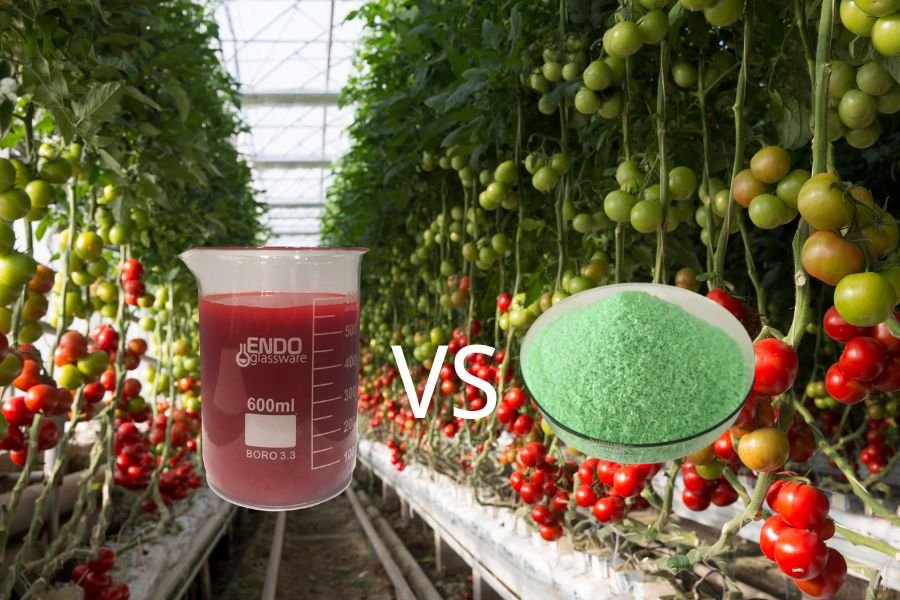As a fertilizer distributor or trader, understanding the differences between water soluble suspension fertilizers and water-soluble solid fertilizers is crucial for catering to diverse customer needs and maximizing market opportunities. Below is a comparison of the two, highlighting key advantages and considerations:
1. Ease of Handling and Application
- Suspension Fertilizer:
- Pre-mixed and ready to use, reducing the preparation time for farmers.
- Ensures uniform nutrient distribution without the need for dissolving or mixing.
- Ideal for customers who prefer convenience and efficiency in application, such as large-scale farms or those using drip irrigation or fertigation systems.
- Solid Fertilizer:
- Requires dissolving in water before use, which can be time-consuming and labor-intensive.
- Suitable for farmers with smaller-scale operations or those accustomed to traditional preparation methods.
2. Nutrient Stability and Availability
- Suspension Fertilizer:
- Nutrients are suspended in a liquid matrix, preventing segregation and ensuring uniform application.
- High nutrient concentration remains readily available for plant uptake.
- Ideal for crops requiring precise nutrient management at specific growth stages.
- Solid Fertilizer:
- Nutrient distribution can be uneven if not properly dissolved.
- May leave residues in tanks or irrigation systems, especially in areas with hard water.
- Cost-effective option for crops with lower precision requirements.
3. Storage and Transportation
- Suspension Fertilizer:
- Bulkier and heavier due to its liquid nature, leading to higher transportation costs.
- Requires specific storage conditions to prevent settling of nutrients.
- Solid Fertilizer:
- Easier to store and transport due to its compact, lightweight nature.
- Longer shelf life without the risk of nutrient settling.
4. Market Differentiation
- Suspension Fertilizer:
- Appeals to customers seeking innovative, high-performance solutions.
- Differentiates your product range by offering cutting-edge formulations that target modern farming practices.
- Provides an opportunity to capture premium markets.
- Solid Fertilizer:
- Appeals to price-sensitive customers and those with traditional farming practices.
- Easier to market in regions with limited infrastructure for liquid fertilizer application.
5. Compatibility with Farming Practices
- Suspension Fertilizer:
- Seamlessly integrates with advanced irrigation systems, such as fertigation and drip irrigation.
- Particularly attractive in regions with high-tech or large-scale agriculture.
- Solid Fertilizer:
- Suitable for broadcast, top-dressing, or manual mixing, making it a better fit for traditional farming areas.
6. Profit Margin and Business Opportunity
- Suspension Fertilizer:
- Offers higher profit margins due to premium pricing and tailored formulations.
- Helps build long-term relationships with clients who value customized solutions.
- Solid Fertilizer:
- Higher sales volumes due to broader market demand and lower upfront costs.
- Easier to penetrate cost-sensitive markets.
Recommendation for Distributors and Traders
- Diversify Product Offerings:
Carry both suspension and solid fertilizers to cater to a broader customer base and varying farming needs. - Targeted Marketing:
Promote suspension fertilizers to large-scale farmers and advanced agricultural regions, while positioning solid fertilizers as a cost-effective, traditional solution for smaller farms. - Value-Added Services:
Provide technical guidance on application methods and crop-specific recommendations to enhance customer loyalty and satisfaction.
By understanding and leveraging the unique advantages of each type, distributors and traders can strategically position themselves to meet diverse customer demands while maximizing profits.


